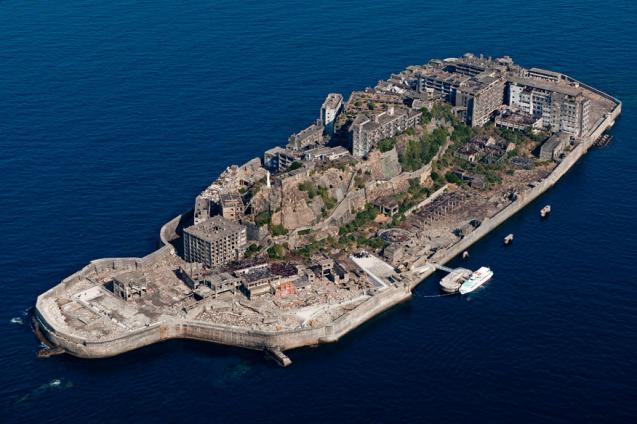
According to UNESCO's website, the site testifies the successful transfer of Western Industrialization to a non-Western nation. From the middle of the nineteenth century to the early twentieth century, Japan was in the rapid industrialization, supported by the key industrial sectors such as shipbuilding, iron and steel, and coal mining.
If the specific sites can speak, it can tell us how Japan has achieved its technological superpower from its humble beginnings-- from trial and error experimentation aided by Western textbooks, followed by the importation of Western technology, until the full-blown industrialization where the Japanese were able to actively adapt the Western technology suited to their needs.
The Sites of Industrial Meiji Industrial Revolution: Iron and Steel, Shipbuilding, and Coal Mining, scattered in eight prefectures in Japan, was designated as UNESCO World Heitage Site on July 5, 2015.
Things to see
Sites of Japan's Meiji Industrial Revolution: Iron Steel, Shipbuilding and Coal Mining (the Component Parts in Nagasaki):
-Kosuge Slip Dock
-Mitsubishi No.3 Dry Dock
-Mitsubishi Giant Cantilever Crane
-Mitsubishi Former Pattern Shop
-Mitsubishi Senshokaku Guest House
-Takeshima Coal Mine
-Hashima Coal Mine
-Glover House and Office
One of the most visited site included in the The Sites of Meiji Industrial Revolution is the Hashima or better known as Gunkanjima.
It can be accesed by tour boats that are operated by multiple companies, which are departing from various locations in Nagasaki Port, including the Nagasaki Port Ferry Terminal near the Ohato tram stop (3 minutes by tram line 1 from Nagasaki Station) and the Tokiwa Terminal near the Ourakaikandori tram stop (15 minutes by tram line 1 and 5 from Nagasaki Station).
A visit to the Gunkanjima or Hashima Island, the most popular among the Industrial Revolution Sites, may cost around 3400-4500 Yen per person. Advanced reservations in visiting the sites are recommended.
Submit Itinerary
Signup
- Sign Up
- Already a member? Login Now!
